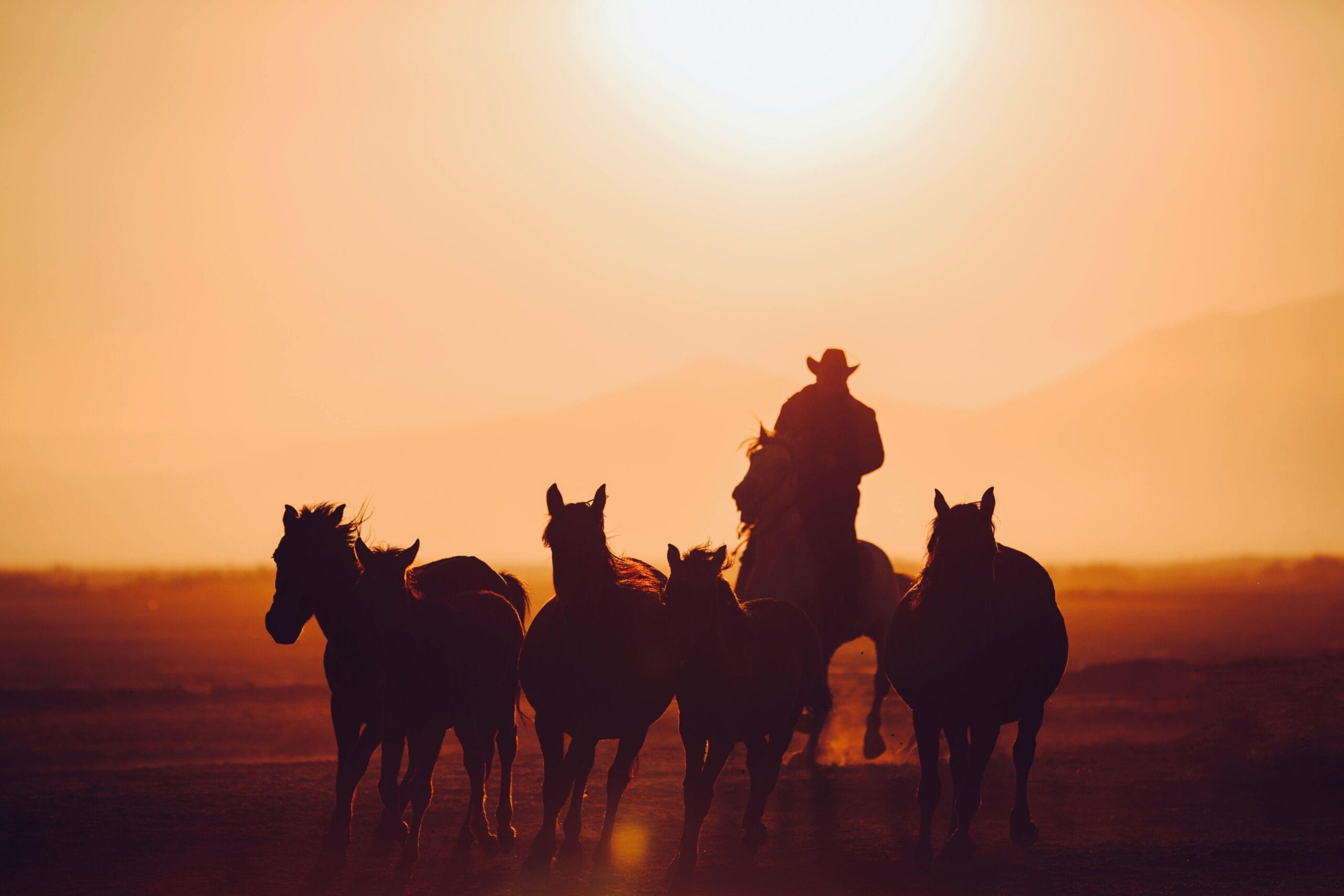While on vacation in Kona, join us on the Hoku Nui for a wonderful snorkel or manta ray tour and enjoy our crew who are friendly and knowledgeable. While on your tour, learn about some of the historical highlights of the area as well as information on the marine life.
An interesting bit of Hawaiian history is the Hawaiian cowboy.
The American cowboy image of the wild west might come to mind, but did you know Hawaii has its own rich cowboy tradition? The paniolo, as they’re called, have a long and fascinating history dating back to the 1700s under King Kamehameha I.
From Spanish Vaqueros to Hawaiian Paniolos
King Kamehameha I, recognizing the potential of cattle ranching, brought in vaqueros, or Mexican cowboys, to manage the growing cattle herds. These vaqueros taught the Hawaiians the skills of horsemanship, roping, and cattle handling. Over time, a unique Hawaiian cowboy culture emerged, blending Mexican vaquero traditions with Hawaiian practices. The word “paniolo” is believed to be a Hawaiian adaptation of “español,” the Spanish word for “Spanish”. Some believe the word came from the word panuelo for the handkerchief worn by the vagueros.
A Distinctive Style
The paniolo developed their own distinctive style. Their saddles and gear were crafted to suit the Hawaiian terrain. They sang songs accompanying themselves on the ‘ukulele and guitar, creating a unique Hawaiian style of slack-key guitar called kihoʻalu. Unlike the wide-brimmed hats of the American cowboys, paniolos often wore hats made of lauhala, a type of Hawaiian palm, adorned with lei poʻo (head leis).
Paniolo Legacy Lives On
The paniolo tradition is still alive and well today. Ranches across Hawaii, particularly on Maui and the Big Island, continue to employ paniolos who use a combination of traditional and modern techniques to raise cattle. The paniolo way of life is celebrated through rodeos, festivals, parades and the delicious grass-fed beef from Hawaiian ranches.
If you’re ever in Hawaii, consider visiting Parker Ranch or attending a paniolo event. It’s a chance to experience a unique cultural blend that showcases the deep connection between Hawaii’s people and its land.















